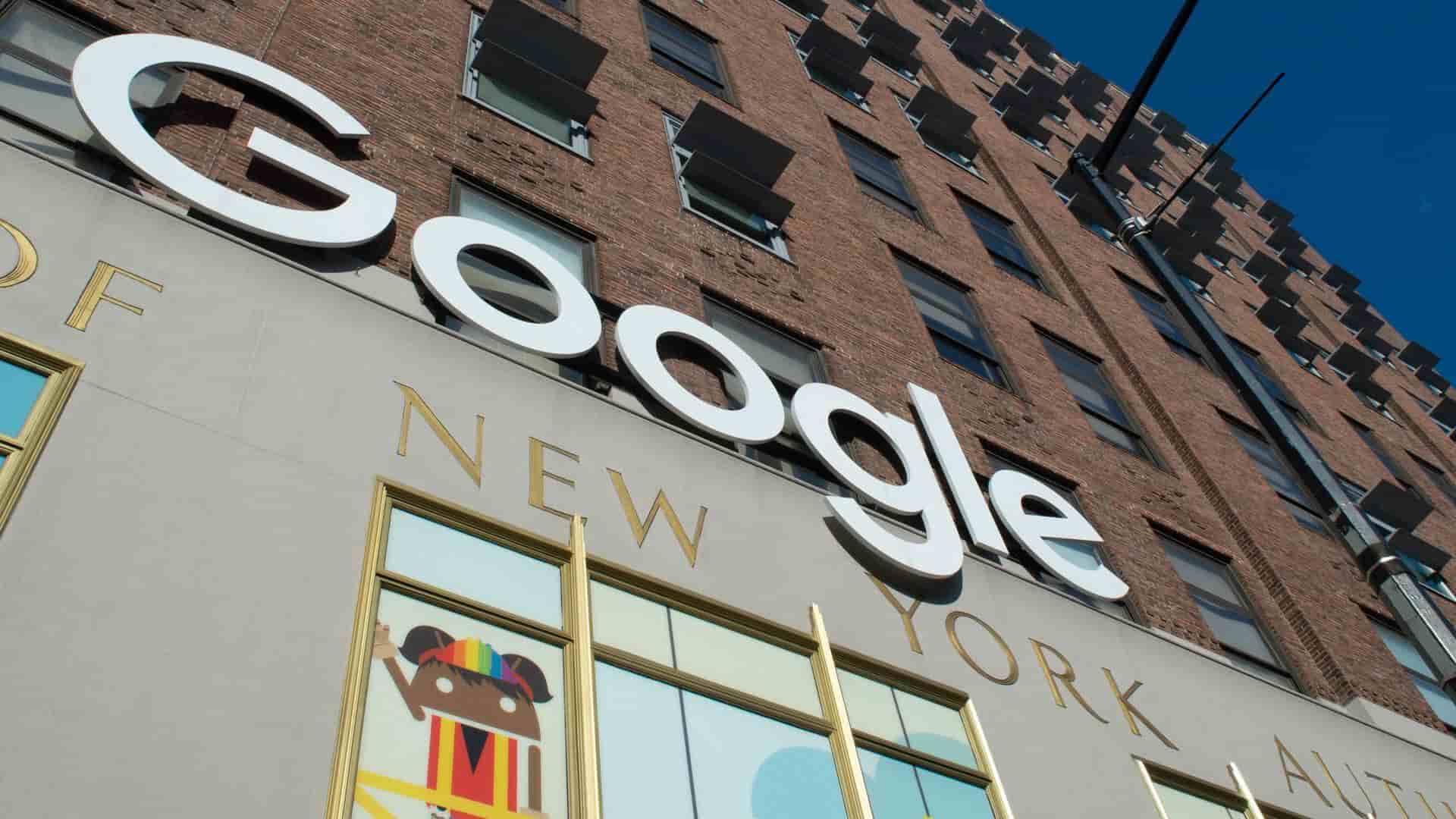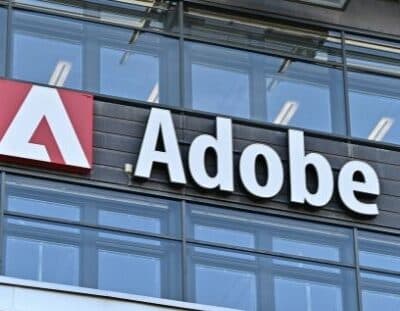The tech giant Google, which has become a household name for its worldwide presence, has become one of India’s top advertisers in the past couple of years. The online search engine has become one of the largest advertisers after spending considerable dollars to create awareness about and drive adoption of, its products.
Last year, Google made a significant increment in its media investments for its payment and services business. It is already investing a lot for its hardware products like Google Home and Pixel Phones.
As per the reports, Google spent around Rs 3.3 billion in 2017 on traditional mediums, or what are offline channels for advertising, as per media planners tracking advertising budgets. Offline mediums include television, print, radio and outdoor. As per data collated by media agencies, that spending increased to Rs 5.4 billion by November 2018. This figure excludes its expense on online channels. “Google’s overall media investment, along with digital in 2018, is estimated at Rs 11 billion and almost 50-55% of this is digital. Within digital, around 70% would be their own platform spends and balance 30% other publishers,” said a senior executive at a media planning agency on the condition of anonymity. Aside of the ad spends, Google appointed celebrity brand ambassadors, including former India cricket captain Rahul Dravid and actress Priyanka Chopra (for Pixel smartphones), adding to its marketing costs.
As per the Government records, Google has spent about 7 billion rupees in ads and promotions in the financial year through March 2018. It is a 45 percent increase over the previous year.
A huge part of its advertising and marketing has gone to consumer-facing offers including Google Maps, video calling product Google Duo, payment app Google Pay and hardware products like Google Pixel and Google Home. Apart from the consumer products, it has also promoted its enterprise product, G Cloud in print media.
The executive said the focus of Google would vary according to different categories. For example, for Google Home, Pixel and Chromecast, they target metros and mini-metros while for Maps and Pay, they would go to smaller cities and towns as well. He also added that Google is also considering high-impact properties like Indian cricket, Koffee with Karan and blockbuster films. It should be reported here that Google has also bought ground rights for ICC World Cup for Google Home, from 2019 to 2022.
A spokesperson of Google said its campaign run across a dozen of its product categories including video, hardware, payments, Maps, search and cloud. Their target is on engaging with users across the spectrum — from first-time internet users to tech-savvy consumers.
The spokesperson also added in some cases they operate in competitive segments such as digital payments, smartphones, and Google Home and their campaigns are optimized for efficiency and scale, and the majority of their marketing budgets are focused on performance-driven medium (digital).
It is not the first story of spending huge on advertisements for the large technology companies. According to data of one online market research portal Statista, FAANG companies (Facebook, Apple, Amazon, Netflix, and Google) spent $1.9 billion collectively on TV advertising between January 2017 and February 2018, globally.
Even in India, recently Facebook-owned WhatsApp spent Rs 1.2 billion on traditional mediums in the last five months as part of its efforts to tackle misinformation and fake news. Facebook has also promoted itself through ads in television, print, and cinemas, in early 2018 in India.
In India, Google along with Amazon and Flipkart are the top three advertisers as far as technology is concerned. In 2018, Amazon became the biggest spender with its central India unit Amazon Seller Services clocking ad expenditure of Rs 21 billion, and Flipkart reportedly spent Rs 7.2 billion on advertising and marketing for the financial year 2017 amounting to 32% of its total revenue of Rs 22.5 billion.
Another executive at a media buying agency said, “While usage for their core products has been growing exponentially if you look at a market like India, the revenues clocked by Google or Facebook are still very small. The push is now directed to also shore up revenues by spending on mass media as the opportunity is very large.” Google India had recorded a turnover of Rs 93.37 billion for the financial year 2018, compared with Rs 72 billion the year before, while profit jumped 33% to Rs 4.07 billion.
The Medium-
Google has got tremendous reach and penetration with the help of traditional mediums like television, print, radio and outdoor. Along with traditional mediums, it has also been focusing on unconventional, digital tactics to drive product adoption including rewards and incentives. Google launched a reward-based referral marketing programme, where users could win up to Rs 1,000 on Google Pay, upon making their first call on the video chat app, and by inviting others on to it, and through this strategy, it was able to promote two of its products.
Similarly, with Google Pay, the company is continuing its original gamification-based incentive strategy involving scratch cards, other players like PhonePe and Zomato have popularised this idea.
The Google India Spokesperson said, “We have done some experiments with referrals and cashbacks depending on product categories and needs of the business. For instance, some product categories require trusted referrals and others require trials, and we design our promotions according to market dynamics. ”




